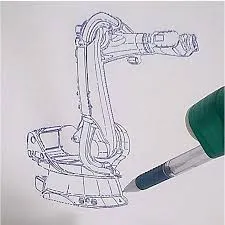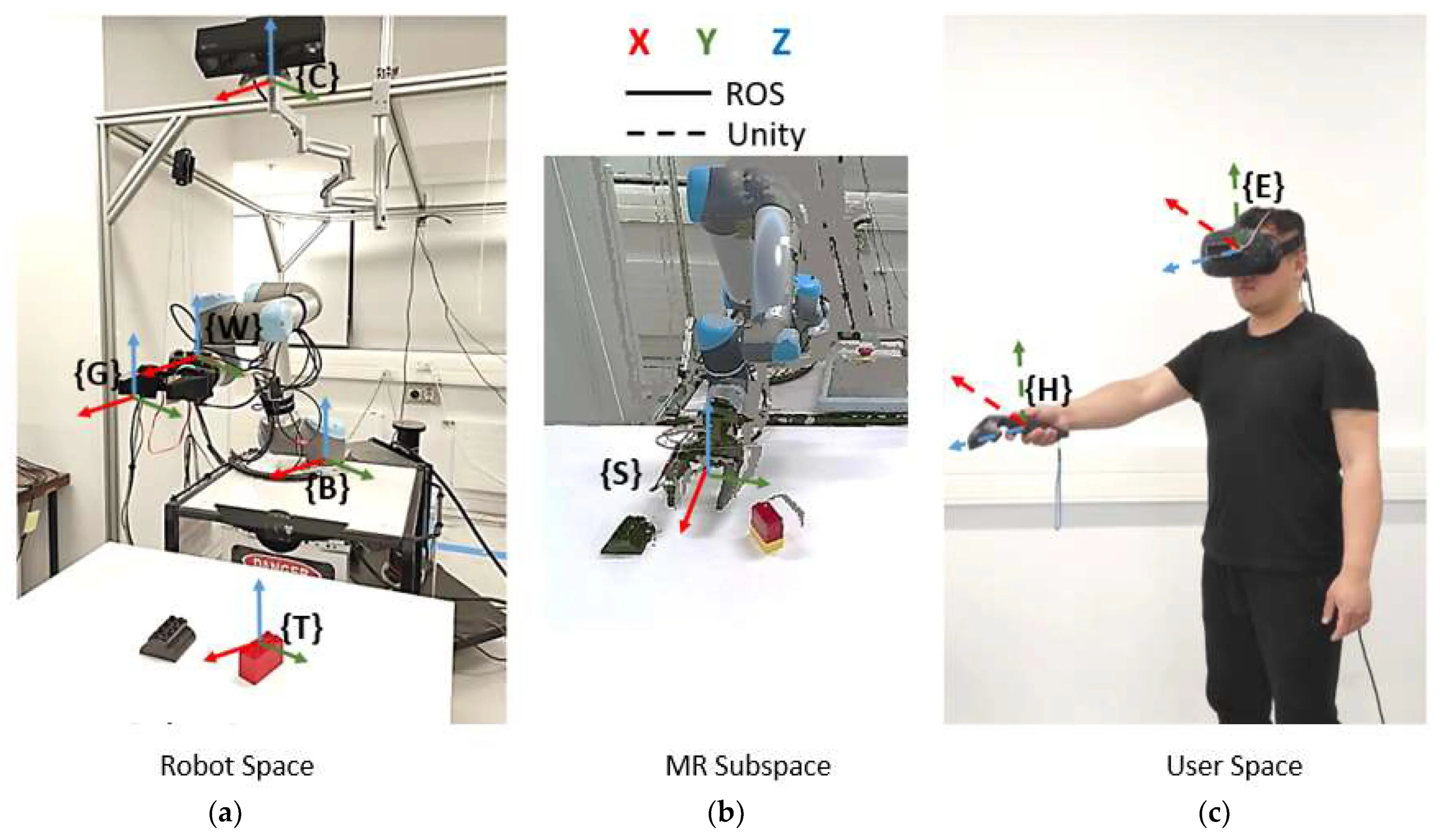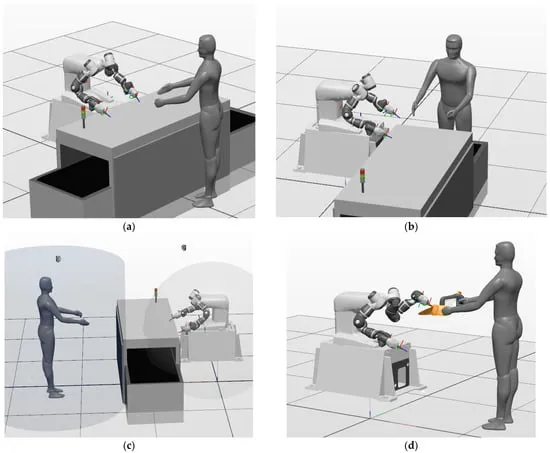The Art of Automation: Robotic Arm Drawing
In the intersection of technology and creativity, robotic arm drawing represents a fascinating synthesis of precision engineering and artistic expression. These sophisticated machines, once confined to industrial assembly lines, are now emerging as innovative tools in the world of art, design, and manufacturing. This article explores the technology behind robotic drawing arms, their applications, and the implications for the future of art and automation.
How Robotic Arms Create Art
At its core, a drawing robot is a robotic arm equipped with a drawing implement, such as a pen, brush, or marker. The process begins with a digital image or vector file, which is converted into a set of coordinates and movement commands through specialized software. These commands guide the robotic arm's movements with extreme precision, allowing it to replicate the digital design on a physical surface.
The Hardware Components
The typical setup consists of several key components:
- Robotic Arm: Usually a multi-axis (4-6 axes) arm that provides a wide range of motion.
- End Effector: The tool attached to the arm—commonly a holder for pens or brushes.
- Control System: A computer or microcontroller that interprets the design files and controls the arm's movements.
- Software: Programs that convert digital images into machine commands (G-code is commonly used).

The Software and Programming
The magic happens in the software layer. Programs like KUKA|prc, RoboDK, or custom Python scripts process image data. They typically:
- Convert the image to grayscale to simplify processing.
- Apply edge detection algorithms to identify outlines.
- Translate these outlines into vector paths.
- Generate toolpaths and movement commands for the robot.
This transformation from pixel data to physical motion is what enables the creation of complex, accurate drawings.
Applications Beyond Art
While creating artwork is the most visually appealing application, robotic drawing has significant practical uses:
| Industry | Application | Benefit |
|---|---|---|
| Manufacturing | Precision marking on components | Accuracy, consistency, speed |
| Architecture | Large-scale blueprint drawing | Scalability, reduction of human error |
| Education | STEM learning tools | Engaging way to teach programming and robotics |
| Art Therapy | Assistive drawing for individuals with limited mobility | Enables creative expression |
Technical Challenges and Solutions
Despite their capabilities, drawing robots face several technical challenges:
Precision and Calibration
Achieving sub-millimeter precision requires meticulous calibration. Any slight misalignment in the robot's base or drawing surface can result in distorted images. Modern solutions involve using computer vision systems where the robot scans calibration patterns to self-correct its coordinate system.
Line Quality and Pressure Control
Unlike printers, robots manipulate physical tools on surfaces. Controlling line thickness and darkness requires adjusting the pressure of the tool on the surface. Advanced systems use pressure sensors or servo-controlled mechanisms to raise and lower the pen, mimicking human pressure control.

The Future of Robotic Art
The future is bright for robotic drawing arms. We are moving towards more intuitive programming interfaces, allowing artists to interact with robots more naturally. Machine learning algorithms are being integrated to enable robots to learn drawing styles and even generate original compositions. Furthermore, collaboration between multiple robots working on the same large-scale piece is an area of active development.
Ethical and Artistic Considerations
As with any automation technology, questions arise about the role of the human artist. Is the robot a tool, a collaborator, or an autonomous creator? Most artists and technologists view the robot as a sophisticated brush—an extension of the artist's intent rather than a replacement. The programmer or artist sets the parameters, defines the style, and curates the output, maintaining a crucial human element in the creative process.

In conclusion, robotic arm drawing is more than a technological novelty; it is a powerful tool that bridges the gap between digital design and physical creation. It expands the possibilities for artists, designers, and engineers, pushing the boundaries of what can be created. As the technology continues to evolve, it will undoubtedly unlock new forms of expression and innovation, forever changing the landscape of art and manufacturing.

